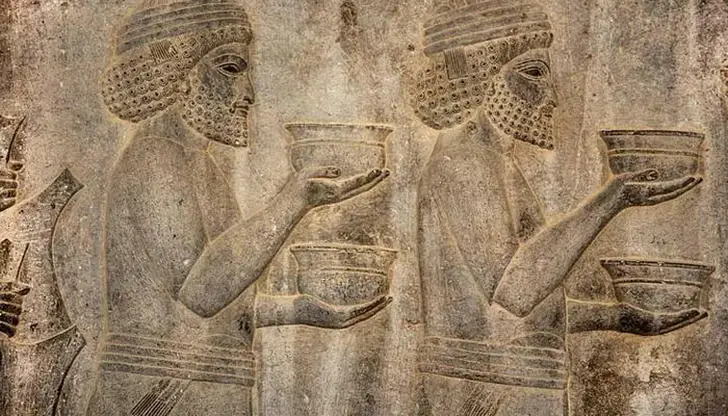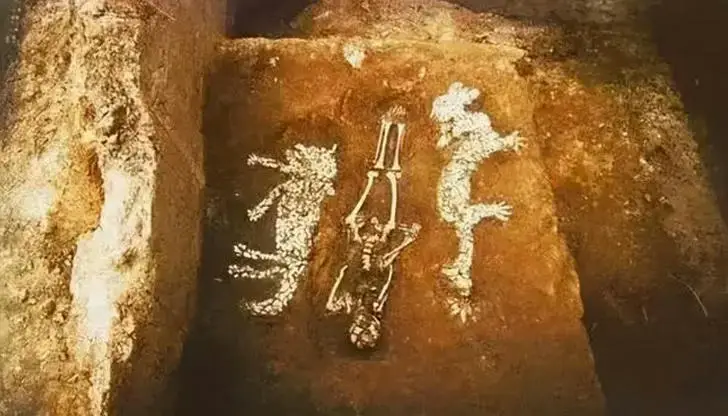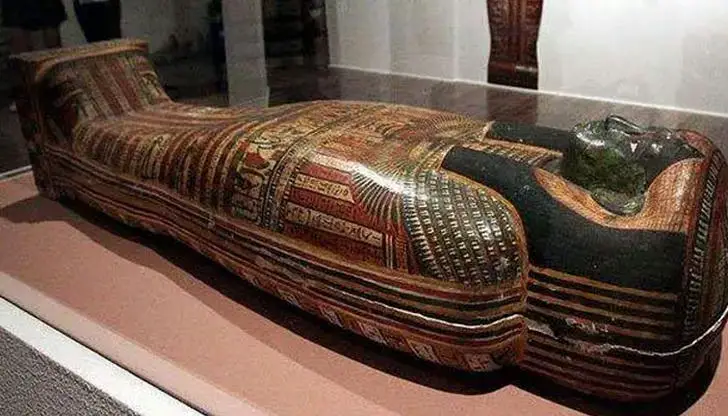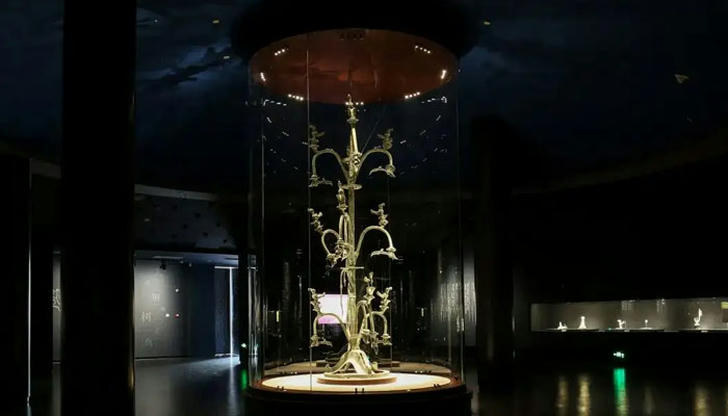The 5 oldest surviving artifacts in the world
Advertisement
Civilization, which refers to all forms of existence with a high level of culture, is marked by the invention of writing. There are many civilizations in the world, but none of them has a history of more than 10,000 years, led by the four major civilizations. And when later generations study ancient civilizations, because of the long history, there is no or little written records, only through the study of archaeological excavations; the world's oldest civilizations naturally leave the oldest artifacts.

Relief sculpture of a figure
The Two Rivers civilization is the earliest civilization found in the world, dating back to the Sumerian civilization, which is more than 6,000 years old. In addition, it also gave birth to Babylonian and Assyrian civilizations; this figure relief is a typical representative artifact of the Two Rivers civilization, which is also more than 5,000 years old, and is one of the oldest artifacts in human civilization; the cuneiform script on the relief is also the oldest script in the world.

Mussel sculpture of dragon and tiger
The dragon has always been a supreme being in the Chinese cultural circle, and the Chinese people even call themselves the heirs of the dragon. Archaeologists in China have unearthed countless dragon-shaped artifacts, but the oldest is the clam-shaped dragon and tiger found in Tomb 45 at the Xishuipo site in Puyang, Henan Province. The discovery of the mussel dragon and tiger has once again raised the world's awareness of the dragon, or is the dragon a totem or not?

Mummified coffin
Egypt is also one of the world's oldest civilizations, since the modern era, Egypt has also unearthed a very large number of antiquities. The Rosetta Stone, the Nahmai palette, the Tutankhamun gold mask, such world-class ancient artifacts are very precious, this mummy coffin is not so precious, but very old, also dating back to more than 5,000 years ago. The Great Bull Seal Indian civilization has been a mystery before, but the unearthing of this 4,500-year-old artifact confirms that Indian civilization has a history no less important than that of the world's major civilizations. Although the same four major civilizations have unearthed few ancient artifacts in India, the archaeological excavations in India have uncovered essentially large ancient sites. The archaeological discoveries in India have greatly enhanced the cohesion and cultural confidence of the Indian national group, which is undoubtedly a challenge for China.

Bronze sacred tree
It was excavated in 1986 in Ritual Pit No. 2 at the Sanxingdui site in Guanghan, Sichuan, and was named the "Bronze Tree" because of its resemblance to the "Fusang," the sacred tree of the East, as recorded in the Shanhaijing. In 2002, the State Administration of Cultural Heritage announced the first batch of 64 pieces of cultural relics banned from export exhibition list, including this ancient bronze relics.



